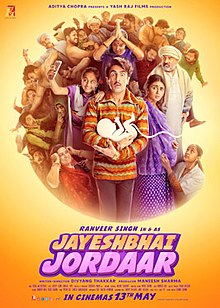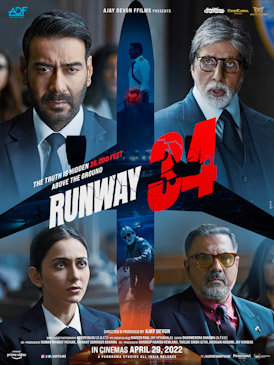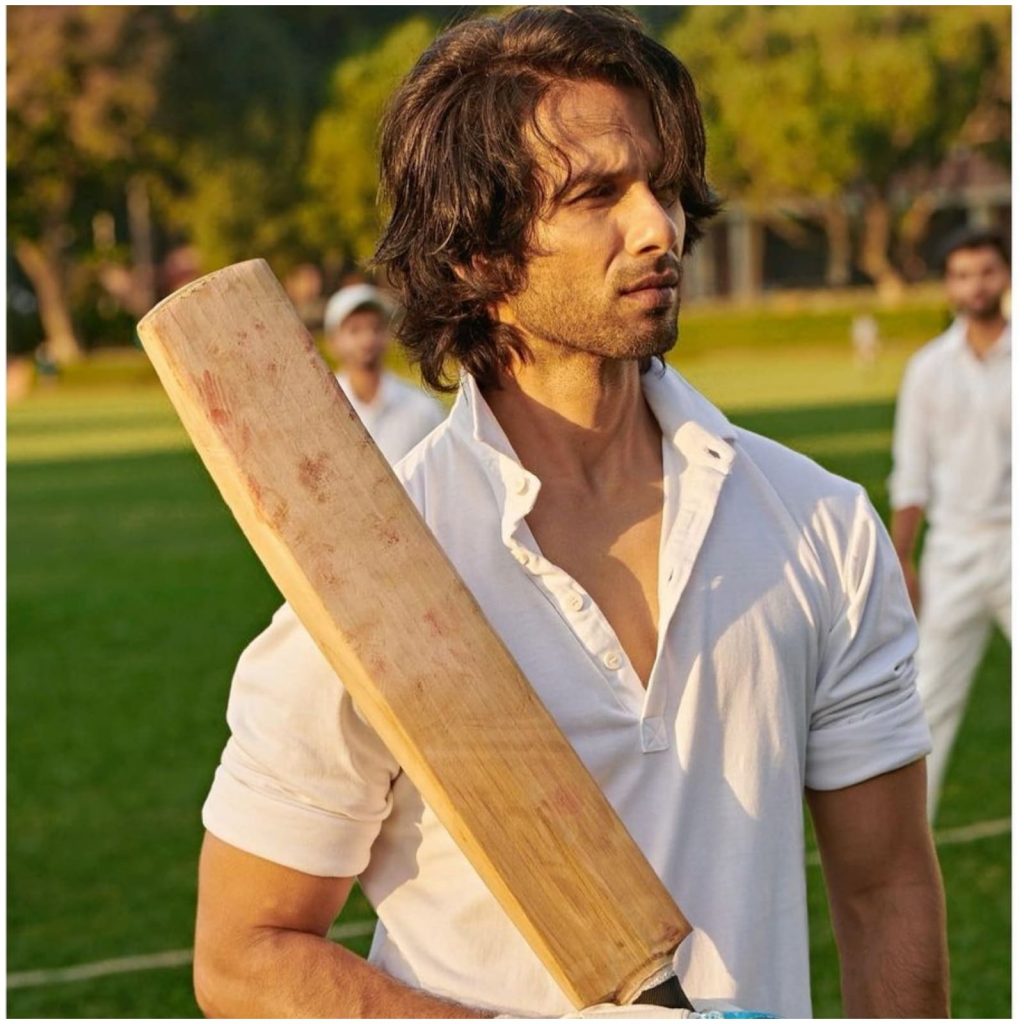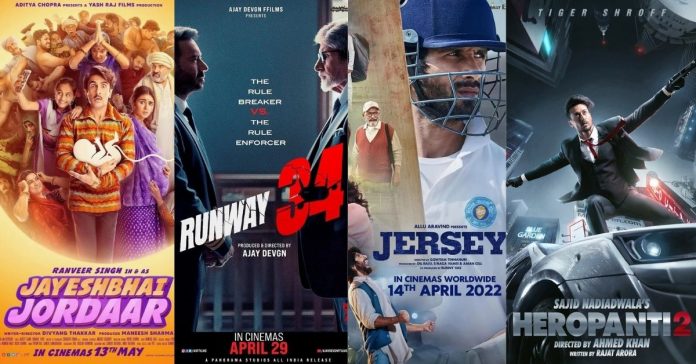Original Hindi films have been failing at the box-office with such regularity that people are beginning to lose faith in Bollywood. What has compounded the problem for the Hindi film industry is that simultaneously with our films flopping, dubbed versions of at least three South films — K.G.F. Chapter 2, RRR and Pushpa: The Rise Part 1 — have clicked in a big way.
First things, first. There’s nothing drastically wrong with the Hindi industry as a whole. So there’s nothing like Bollywood is finished, or it’s time for Bollywood to pack its bags, etc. If we just consider the last four big-budgeted and star-cast Hindi films, we will understand that the reasons for their failures are all different. Of course, the common thread is that their content was rejected by the paying public, but the reasons for rejection were different each time.
Let’s take the latest debacle first. Jayeshbhai Jordaar pretended to be a progressive film but what it actually was was a regressive film. Yes, the hero in the film was progressive but in making the hero reach his progressive goal, the film’s writer-director subjected the audience to so much regressive content that it put them off completely. Agreed, female infanticide is even today a reality in rural India but has the film been made for the public residing in the villages? It does not need to be underlined that the villages contribute barely 2-5% of the total box-office revenue, more so because ticket prices in the urban multiplexes are often ten times those in rural India. So what did Yash Raj Films think when it was green-lighting this project? That suddenly, people in rural India will make a beeline for the cinemas showing Jayeshbhai Jordaar so that the share from rural India for the film will go up from the usual 2-5% to 50-70%? They got taken in by their own over-enthusiasm to make a progressive film; perhaps, they were so blinded by the exciting thought that they forgot to analyse that the same progressive thought could be viewed as a regressive film by the audience for whom the film was being made. The subject of the film (rural India) was confused for being the audience of the film.

The subject of the film (rural India) was confused for being the audience of the film.
Coming now to Runway 34. I specifically remember telling producer-director and lead man Ajay Devgan soon after watching the film at its press screening that for me, the film was over at interval point because the pilot (Ajay’s character in the film) was my hero at that point, having saved 150 passengers and the entire aircraft in spite of the odds weighing heavily against him. Therefore, I added, the second half did not matter to me one bit in spite of the courtroom drama having some wonderful scenes between Amitabh Bachchan, Ajay Devgan and Rakul Preet Singh. In other words, the post-interval portion appeared to be, in a manner of speaking, redundant in the scheme of things. Ajay had then countered that the general feedback of the audience in the press show as well as other preview shows of the film was that the second half was supremely interesting and entertaining. However, the public gave the film the thumbs down — and most of them because they also felt, there was nothing to sustain their interest after the middle point which is when they wanted to celebrate the pilot’s feat. Sometimes, even an exciting second half can be considered a waste of the viewers’ time, as it happened in the case of Runway 34.

Sometimes, even an exciting second half can be considered a waste of the viewers’ time, as it happened in the case of RUNWAY 34.
Heropanti 2 was too hotch-potch for the layman to follow. Besides, it had everything the public had seen in earlier Tiger Shroff starrers and nothing that they hadn’t seen earlier. Hence they were not in a mood to spend their money and time on the Heropanti sequel. Actually, another reason for the film’s failure seems to be the lack of conviction in its making. For those who can go beyond the film, it is easy to guess that the sequel was made less because the makers had a good script, but more because they were driven by the urge to encash on the Heropanti franchise. In other words, the film seemed to have been made with money rather than with passion.

The film seemed to have been made with money rather than with passion.
The timing of the release of Jersey couldn’t have been worse. K.G.F. Chapter 2 was just about making its mark — and how! People were intoxicated by the film and hadn’t had enough of it in the first week. Obviously, it was the flavour of the week in its second week too, which is when Jersey hit the screens. Besides, Jersey had been postponed right in the week of release, at least twice before it finally made it to the screens. The public, therefore, started counting Jersey as a delayed/stale film. To make matters worse, many among the paying public had watched the Hindi dubbed version of the original Telugu film of the same name, on YouTube during the lockdown. Therefore, that audience was completely lost.

The timing of the release of JERSEY couldn’t have been worse.
The failure of the four aforementioned films underlines the following facts:
(i) that content is king;
(ii) that films made with passion have a far greater chance to succeed than those made with just money, howsoever big it may be;
(iii) that the timing of release of a film is as important as the film itself; and
(iv) that every story cannot be made into a film!




























